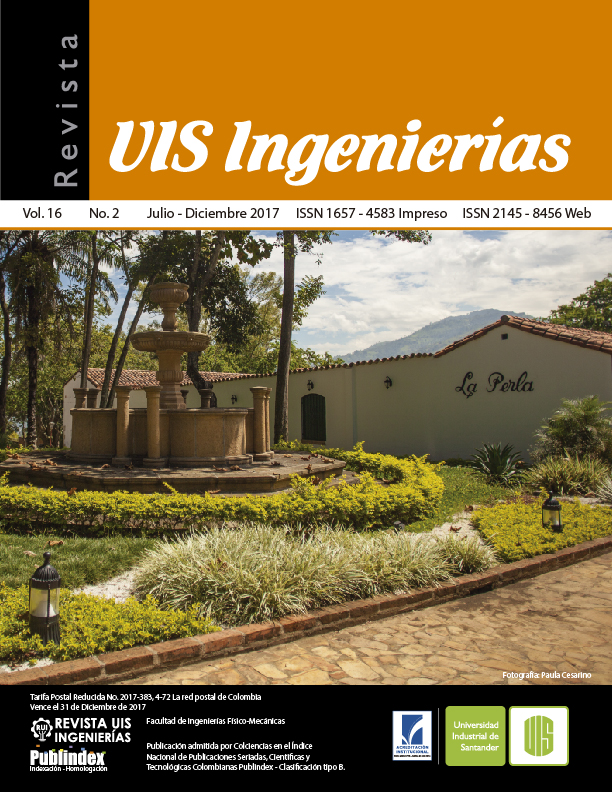Casing cementingin shallow pressurized gas/water flow not expected in a field development offshore: Rio de Janeiro, Brazil
Published 2017-05-19
Keywords
- Shallow Gas/Waters Flows,
- Gel Strength,
- Surface Casing,
- Strength compressive,
- Casing cement
How to Cite
Abstract
The following study is focused on the suggested strategy to attack a problem of Shallow Gas/Water flow are drilled and cemented without equipment to prevent blowouts in offshore fields. We analyze historical cases where abnormal pressure water sands observed in the resistivity log were not identified in the Pressure While Drilling tool. The event flow was observed by the remotely operated vehicle. We suggest a decision tree when a shallow gas/water flow unexpected. Such events cause an uncontrolled flow situation by placing at risk the safety of persons working in the maritime unit drilling, the same unit and economic losses for the execution of unplanned operations.
Downloads
References
Dan T. Mueller. (2002) " Redefining the Static Gel Strength Requirements for Cements Employed in SWF Mitigation ". 14282-MS.
Guevara I., L. Marcano, F. Paz. "Cementaciones Superficiales con Gas en Pozos Costa Afuera. Proyecto Plataforma Detana". SEFLU CEMPO. 2006.
León-Pabón Jhon A, Ortiz-Cancino Olga P., Guarin-Arenas Flaminio, Díaz-Prada Carlos A. "Variables que influyen en un proceso de inyección cíclica de diluyente en formación para el incremento de la productividad de pozos de crudo extrapesado." Revista UIS Ingenierías12.2 (2014).
Lopez J., D. Garrett, A. Zanaty, and A. Waheed. "Successful Mitigation of Deepwater Shallow Flows in the East Mediterranean Region – Case Histories". SPE nro. 120399. 2009.
Luiz Alberto Santos Rocha. Cecilia Toledo de Azevedo. Projetos de poços de petróleo. Editora interciencia. Petrobras. Rio de Janeiro. 2007.
Mammadbayli R, J. Greener, D. Doherty, J. Reyes, P. Torres "Foamed Cement successfully applied in shallow water environment in Caspian Sea. 2006.
Mavares, Francisco J y Pertuz, Alberto D. Diseño de un sistema cementante para pozos utilizados en anclaje de plataformas de producción en aguas profundas: Caso: Río de Janeiro, Brasil. Rev. Fac. Ing. UCV. 2013, vol.28, n.1, pp. 73-81
Mueller, Dan T, "Redefining the Static Gel Strength Requirements for Cements Employeed in SWF mitigation" Offshore Technology Conference nro. 14282. 2002.
Quiroga-Jordan Elizabeth, Calvete-Gozález, Fernando and Ortiz-Cancini Olga P., "Influencia de la extracción de fluidos de control antes de realizar una prueba de ascenso de presión en un pozo." Revista UIS Ingenierías 12.2 (2014)
Pederson R., T. Oian, T. Haugland, B. Watts, S. Taoutaou, A. Stakkestad. () "A Successful Field Experience: Shallow Water Flow - How to Avoid the Need for an Additional Casing String. IADC/SPE 112716.
Sabins, FL., et al., "Transition Time of Cement Slurries Between the Fluid and Set State". SPE 9285. 1980.
Schuberth P. and M. Walker. "Shallow Water Flow Planning and Operations: Titan No. 1 Exploration Well, Deepwater Gulf of Mexico". SPE/IADC Nro 65751. 2000.

